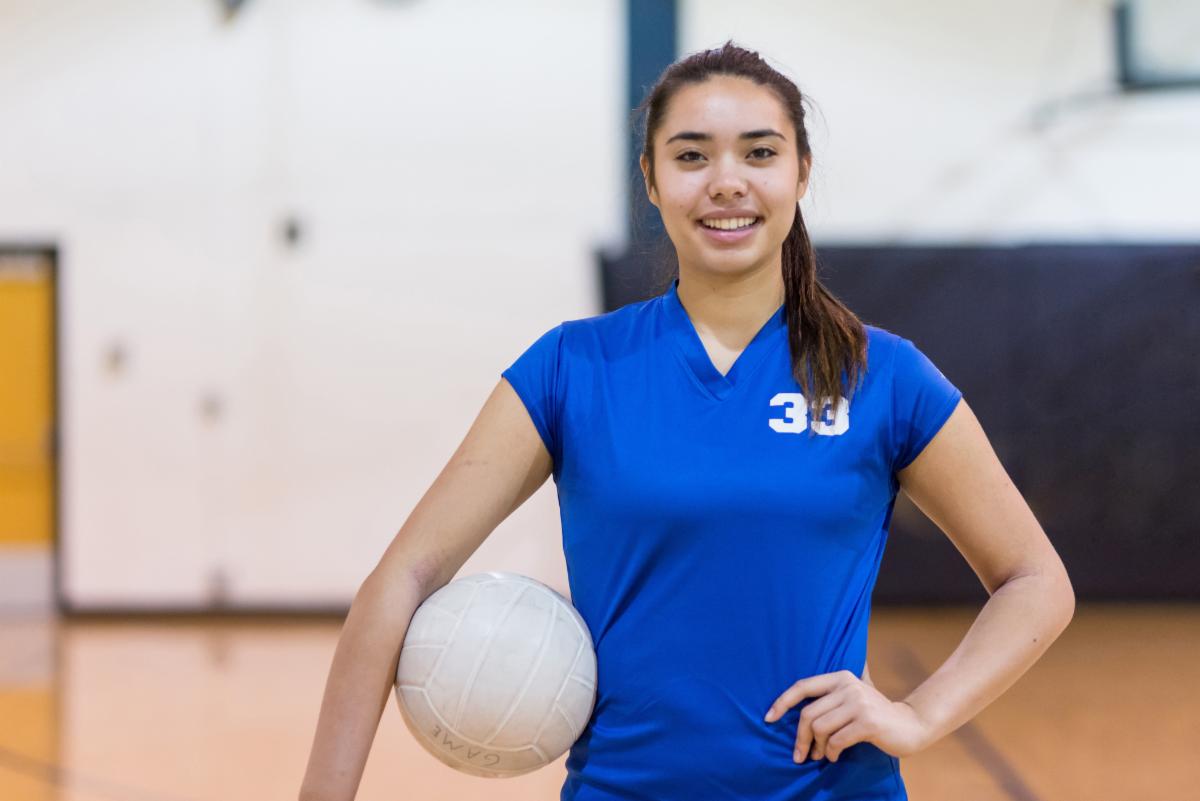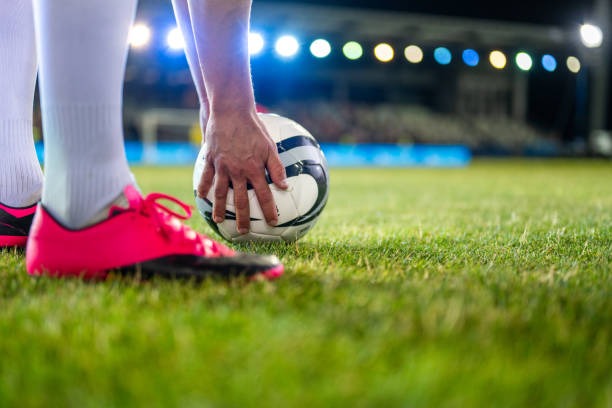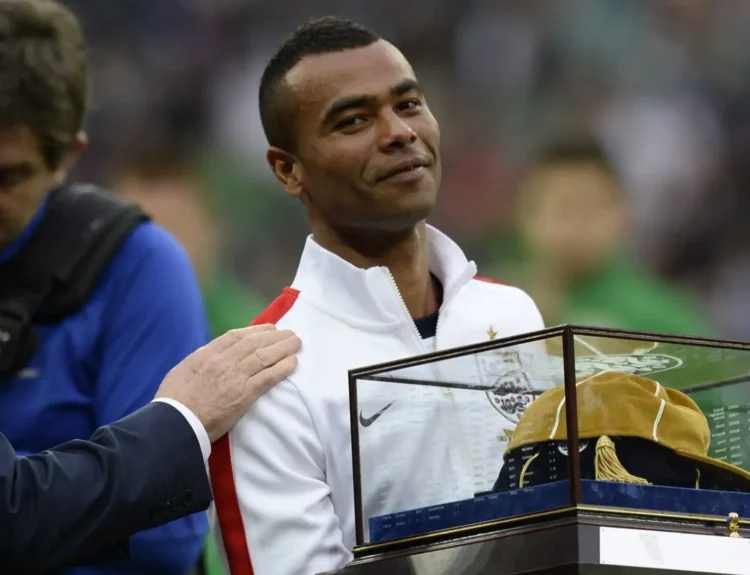Introduction
Becoming a successful athlete doesn’t require professional status—it starts with commitment, smart training, and consistency. Amateur athletes, whether pursuing sports recreationally or competitively, benefit significantly from structured routines and informed strategies. The following training tips are designed to help amateurs optimize performance, avoid injuries, and build long-term athletic success.
Set Clear and Realistic Goals
One of the first steps in effective training is setting specific, measurable, achievable, relevant, and time-bound (SMART) goals. Whether it’s improving endurance, increasing strength, or mastering a technique, having clear objectives provides motivation and direction throughout the training journey.
Prioritize Proper Warm-Ups and Cool-Downs
Skipping warm-ups or cool-downs is a common mistake. A proper warm-up prepares the body by increasing blood flow and loosening muscles, reducing the risk of injury. Similarly, cooling down helps to gradually lower the heart rate and reduce muscle stiffness, aiding in recovery.
Focus on Technique Before Intensity
Form and technique should always come before intensity or volume. Poor mechanics can lead to chronic injuries and limit performance. Whether lifting weights or practicing drills, athletes should learn proper form from a coach or trainer and build a solid foundation before increasing intensity.
Incorporate Cross-Training
Sticking to one form of exercise can lead to overuse injuries and muscle imbalances. Cross-training—engaging in different types of physical activities—helps work various muscle groups, improves overall fitness, and keeps workouts fresh and engaging.
Monitor Nutrition and Hydration
Training hard without proper fuel can hinder progress. Amateur athletes should focus on balanced nutrition, including proteins, carbohydrates, healthy fats, and micronutrients. Staying hydrated is equally important, especially before, during, and after exercise sessions.
Get Adequate Rest and Recovery
Rest is when the body repairs and strengthens itself. Overtraining without proper rest can lead to burnout, decreased performance, and injury. Athletes should prioritize sleep, incorporate rest days into their schedule, and listen to their body’s signals.
Use Strength and Conditioning Wisely
Strength training builds muscle, enhances joint stability, and improves overall athletic performance. Conditioning helps boost stamina and cardiovascular health. A balanced program that includes both, tailored to the sport and individual fitness level, yields optimal results.
Stay Consistent and Patient
Improvement takes time, and consistency is key. Skipping workouts or changing programs too frequently can stall progress. Amateur athletes should stick to a routine and trust the process, celebrating small milestones along the way.
Track Progress and Make Adjustments
Maintaining a training journal or using fitness apps can help track workouts, monitor improvements, and identify patterns. Reviewing performance regularly allows for necessary adjustments and keeps the athlete aligned with their goals.
Seek Professional Guidance When Needed
Even amateur athletes can benefit from expert input. Consulting with a certified coach, physiotherapist, or nutritionist ensures that training is safe, effective, and personalized to the athlete’s needs and limitations.
Conclusion
Amateur athletes can achieve remarkable progress with the right approach. By focusing on technique, consistency, recovery, and overall well-being, they can enjoy better performance, reduce the risk of injuries, and build a solid foundation for long-term success in sports.








